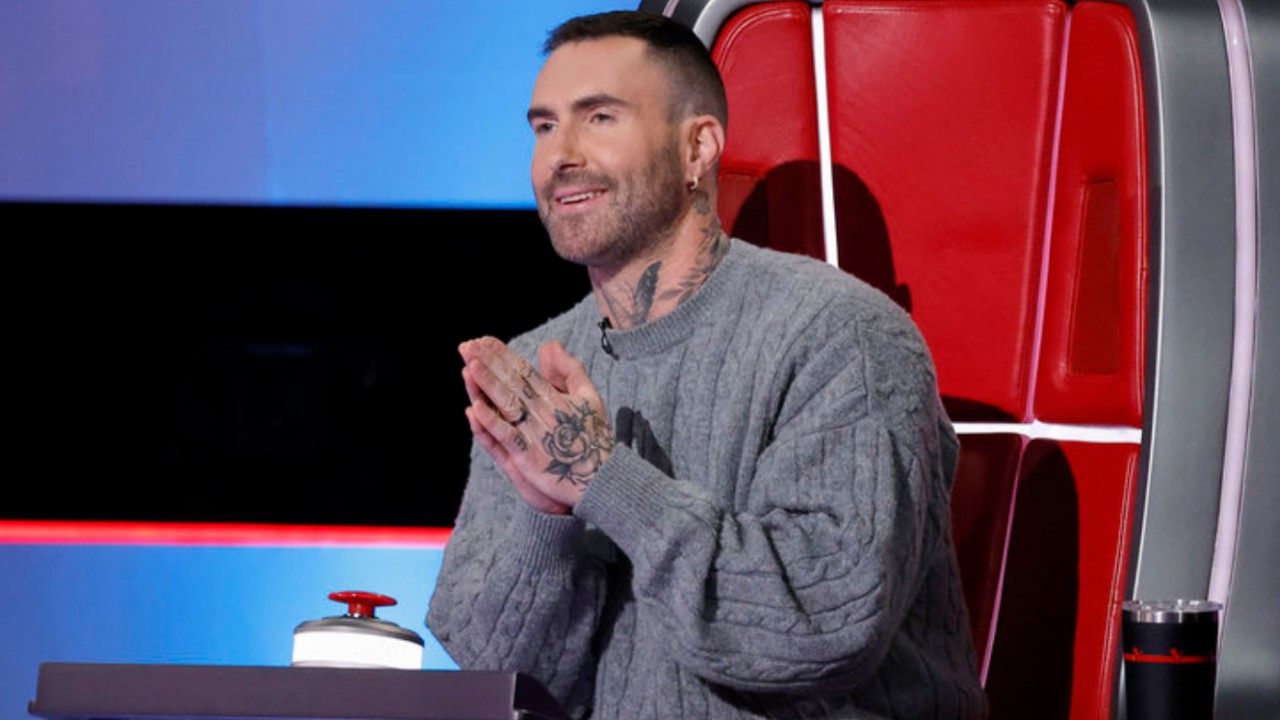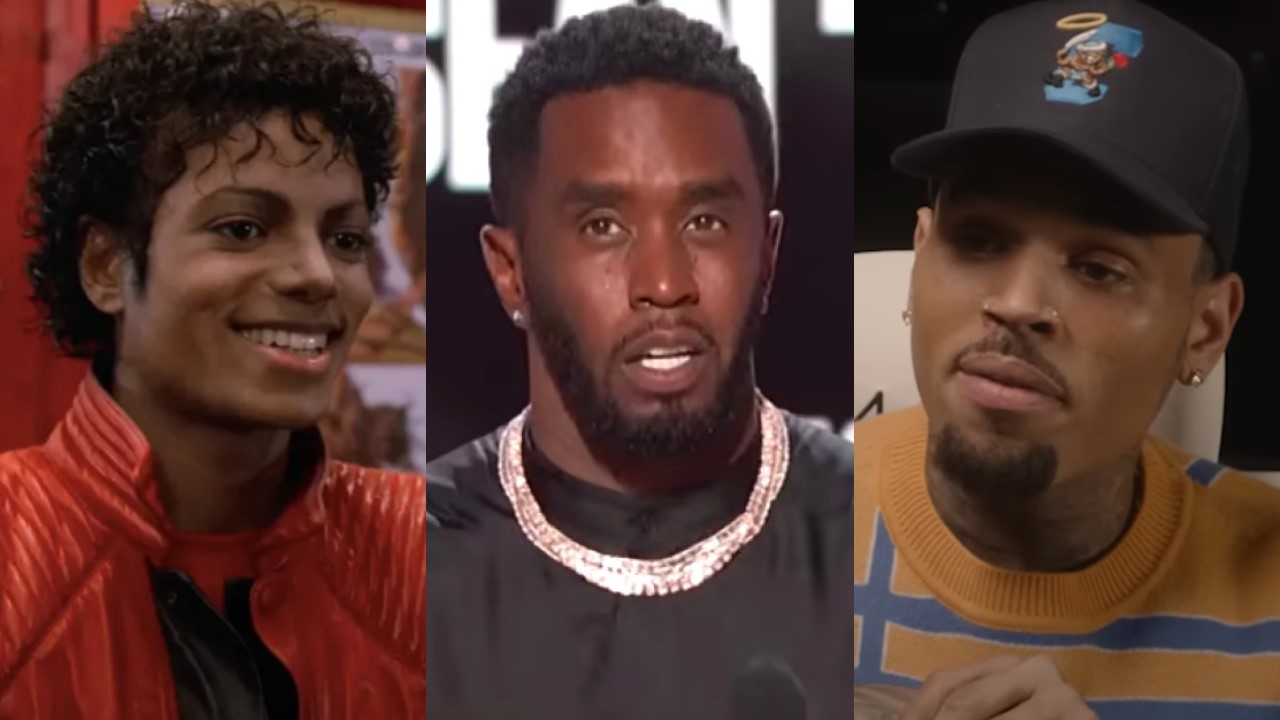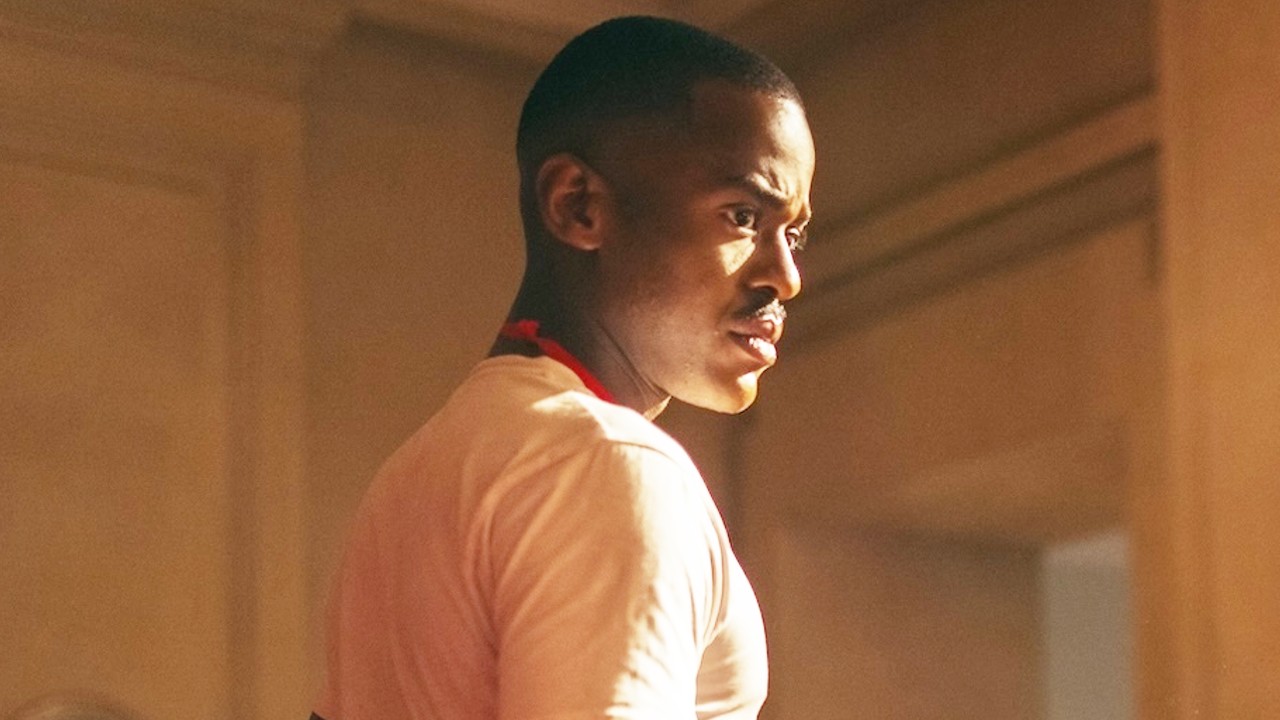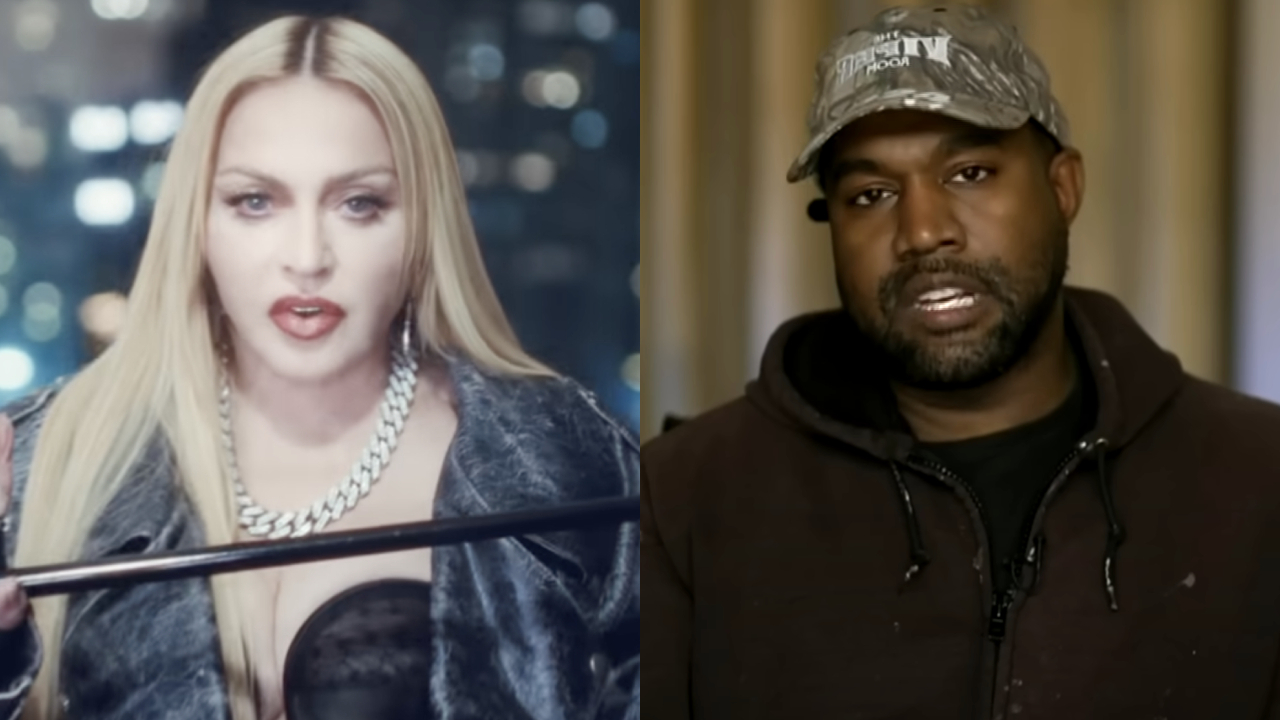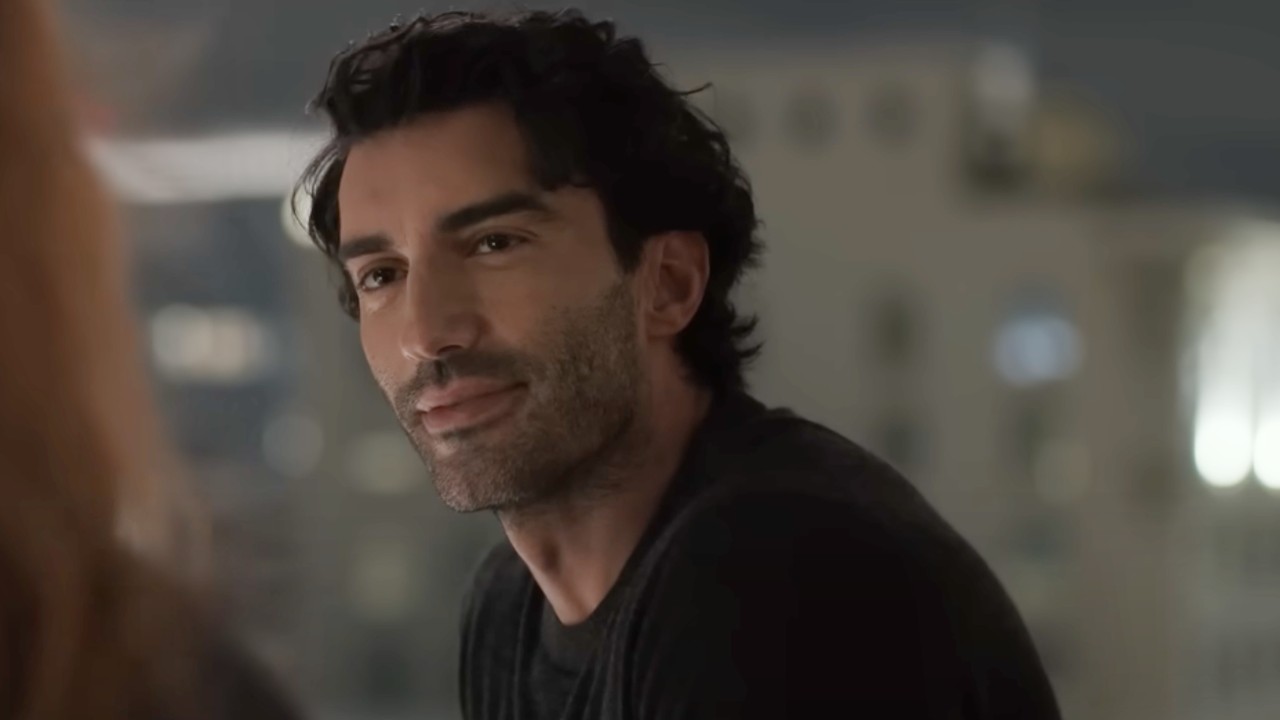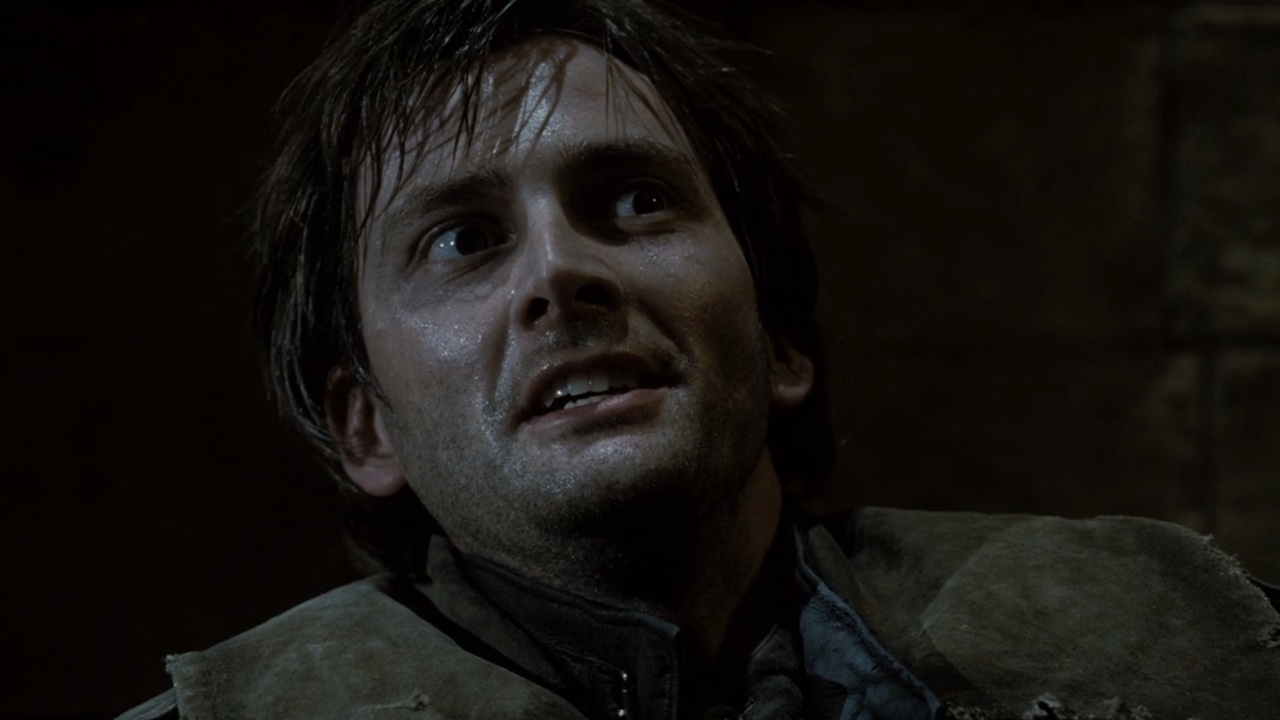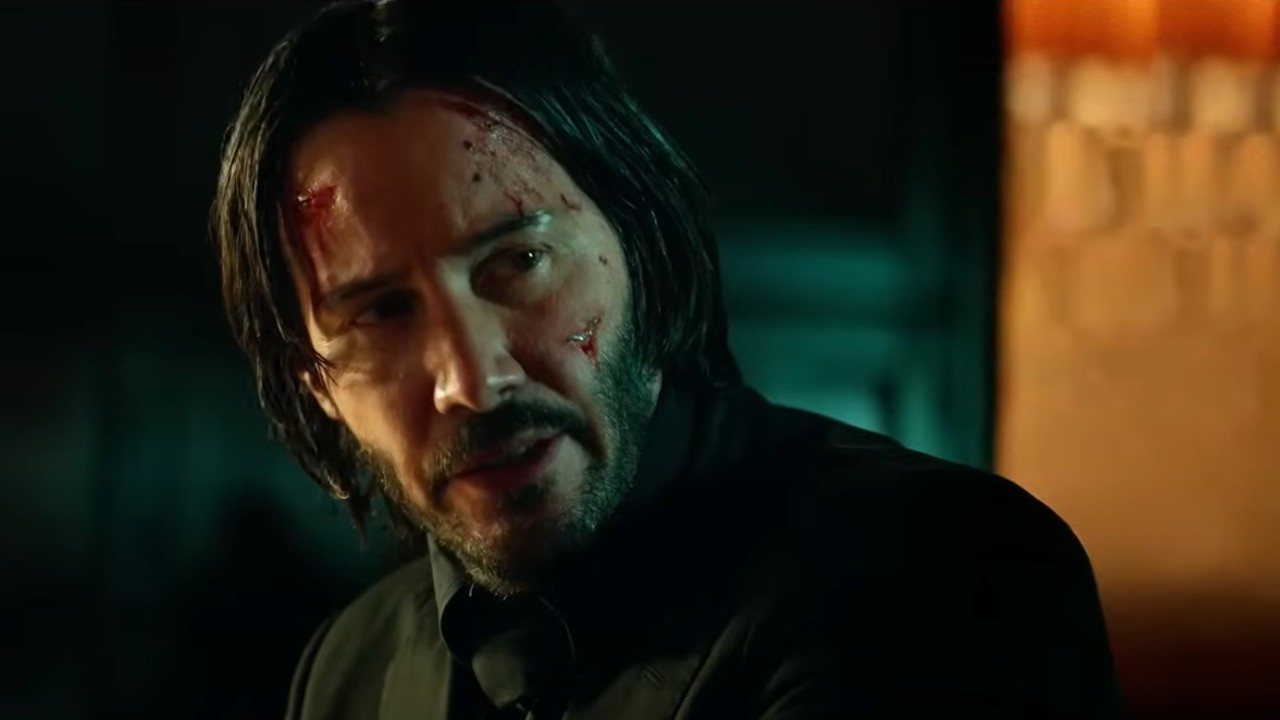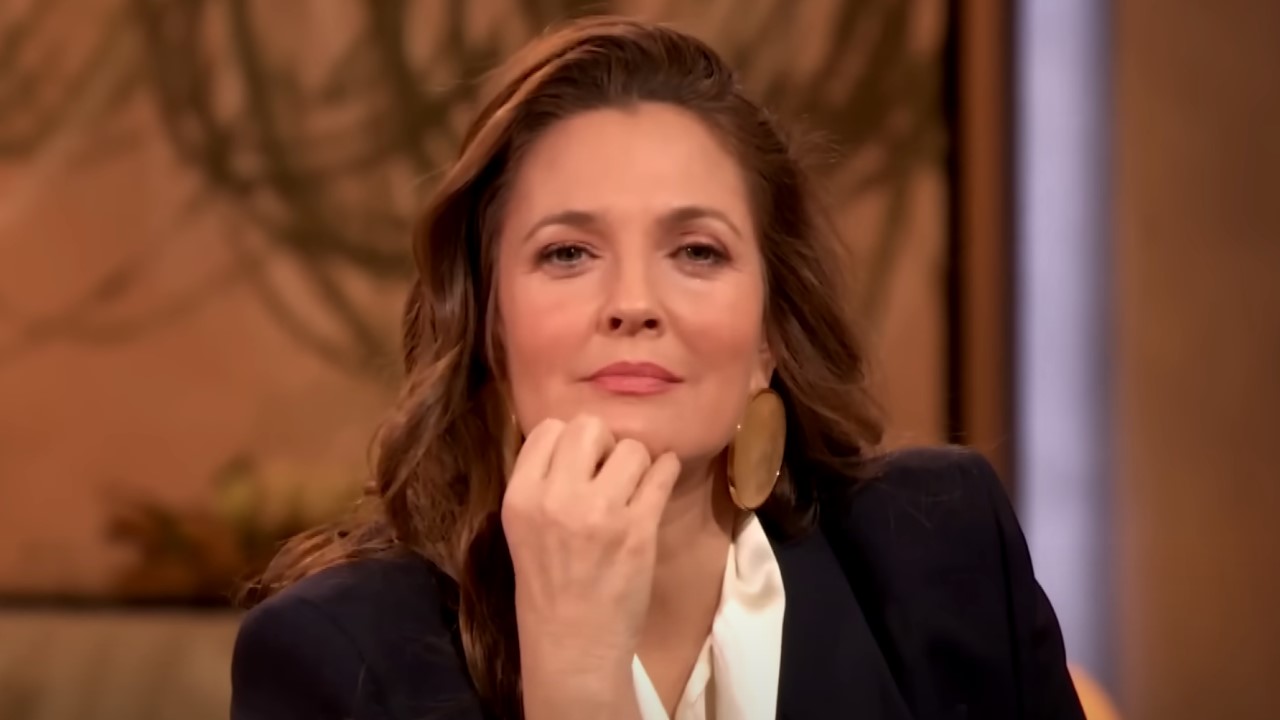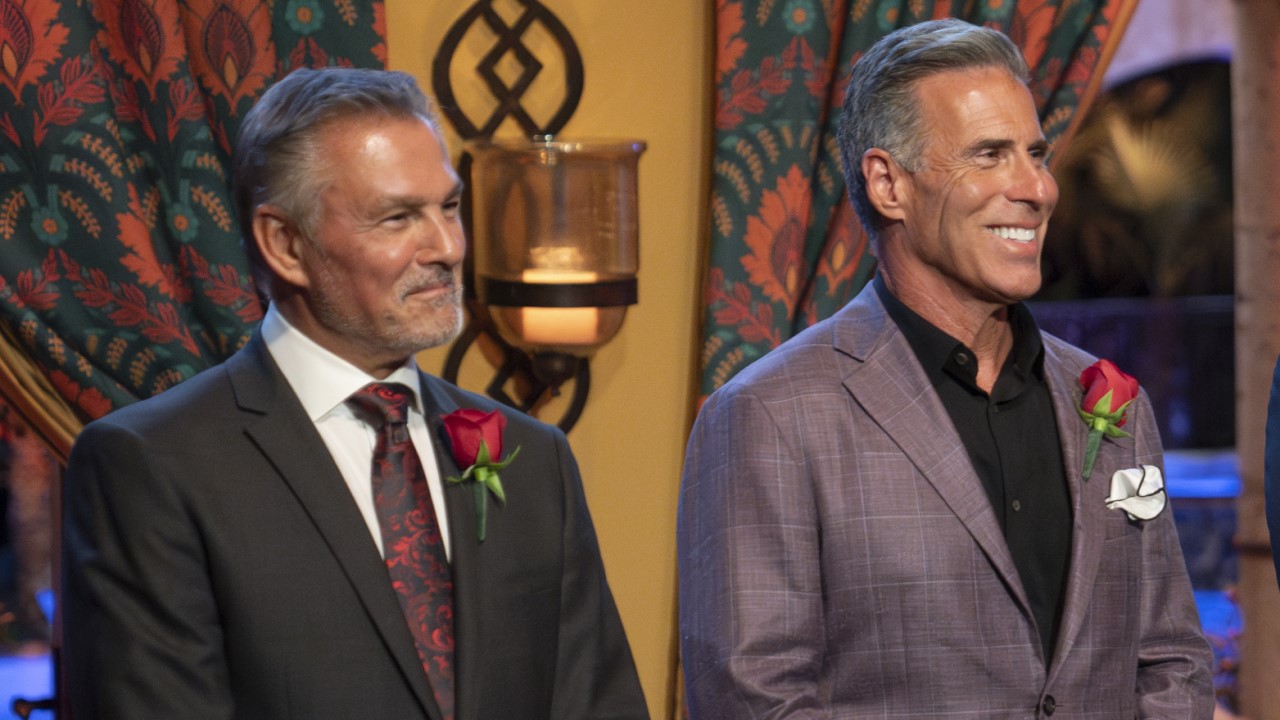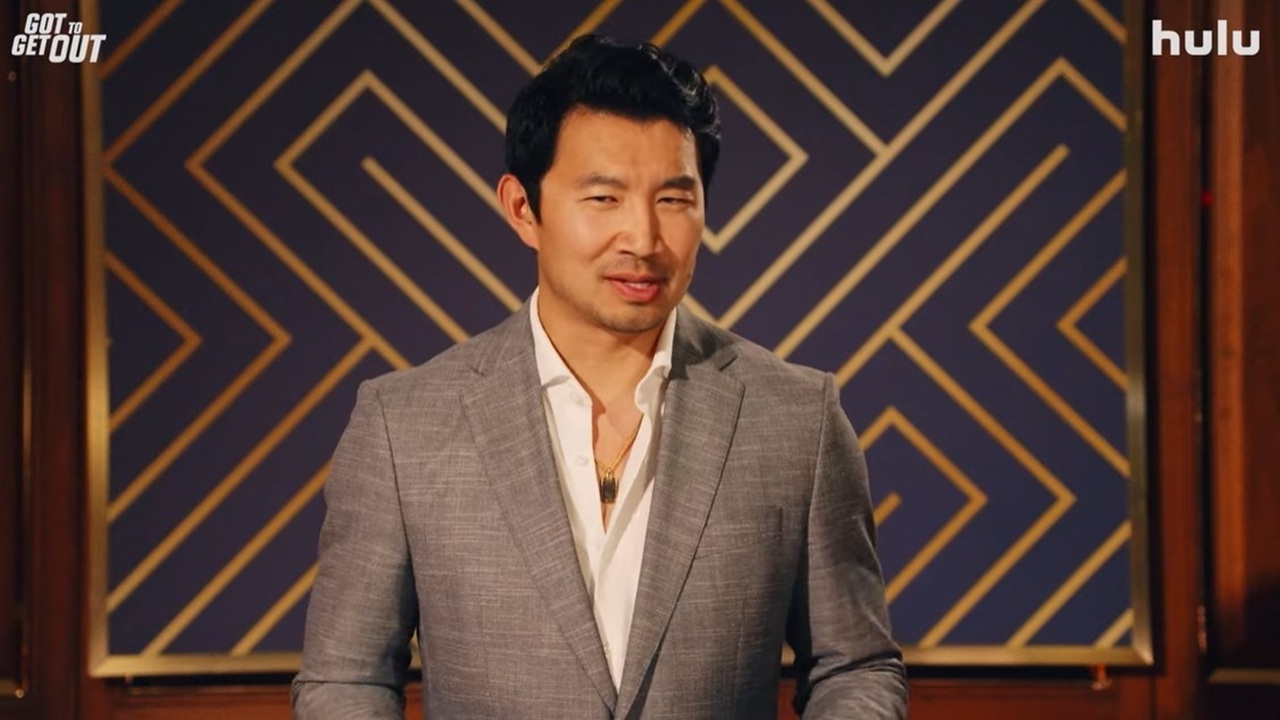Doctor Sleep Director's Cut: 9 Key Differences From The Theatrical Cut
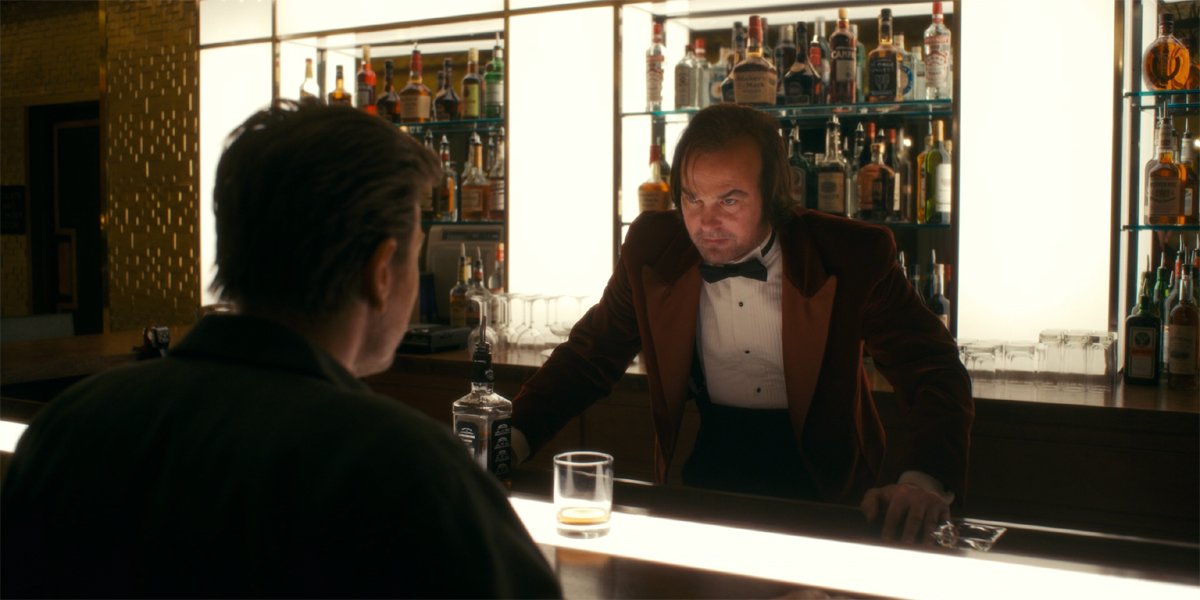
SPOILER WARNING: The following article contains massive spoilers for Doctor Sleep. If you have not yet seen the film, continue at your own risk!
Mike Flanagan’s Doctor Sleep was an amazing and brilliantly made film as it existed when it was first released in the fall of 2019, but fans found even more reason to be excited about the Stephen King adaptation when the home video plans were announced. As comprehensive as the theatrical cut was, the existence of a Director’s Cut featuring 30 extra minutes of footage sent fans over the moon with excitement – and when it was released in early 2020 it most definitely didn’t disappoint.
But how are the two films different? What does the newer version add? What makes the Director’s Cut superior? If you’re asking yourself those questions, particularly while considering which version to watch on HBO Max, you’re in luck, as we’ve basically built this feature with you in mind. Watching the three hour version of Doctor Sleep and directly comparing it with its big screen counterpart, we’ve highlighted all of the key differences between them, and you can read all about them below:

Extended Hunting Violet Sequence
Doctor Sleep is a story with a massive first act (one that has to fill the gap of time between 1980 and 2019), and creating the adaptation meant Mike Flanagan really had to get the theatrical cut moving quickly. With the extra real estate of the extended edition, however, he takes the opportunity to slow things down a bit – and this can be found in the very first sequence. The longer version only adds maybe 90 seconds at most, but they are moments that notably add extra tension.
What’s added to the scene are tiny beats like the wandering young Violet picking a flower and noticing the True Knot caravan, or hesitating before telling Rose The Hat the color of the flower in her hat, but they are great because of the fear they put in the atmosphere. The big kicker, though, is added end of the scene, which follows Violet’s mother as she calls out looking for her daughter while Rose and her brood drive away in the distance.
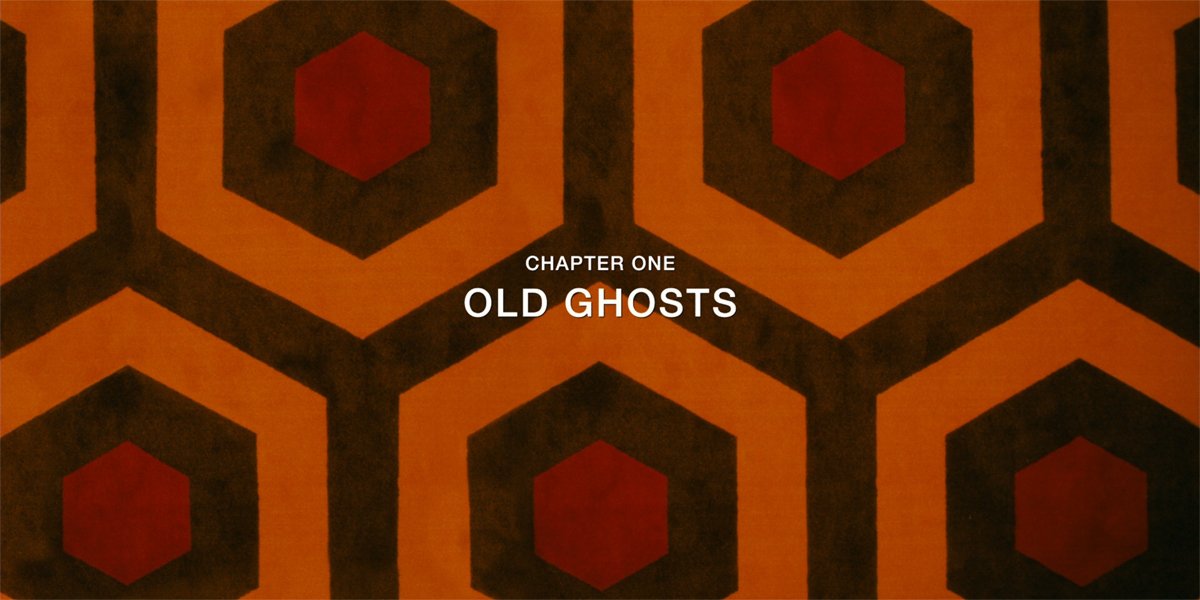
Chapter Structure
While Mike Flanagan does make some changes to Doctor Sleep that ultimately prove to be for the benefit of the story, the movie is very much a faithful adaptation of the Stephen King book on which it’s based – and that even gets to be taken to a new level in the Director’s Cut thanks to the notable structural tool that is implemented: chapters.
The three-hour version of Doctor Sleep is divided up into six sections with the inclusion of six title cards interspersed throughout the cut, with names “Old Ghosts,” “Empty Devils,” “Little Spy,” “Turn, World,” “Parlor Tricks” and “What Was Forgotten.” This doesn’t exactly have the effect of making the film feel episodic, but it does add a kind of epic quality while also contributing a kind of psychological addition to the pacing by artificially demonstrating the story’s progress.
CINEMABLEND NEWSLETTER
Your Daily Blend of Entertainment News
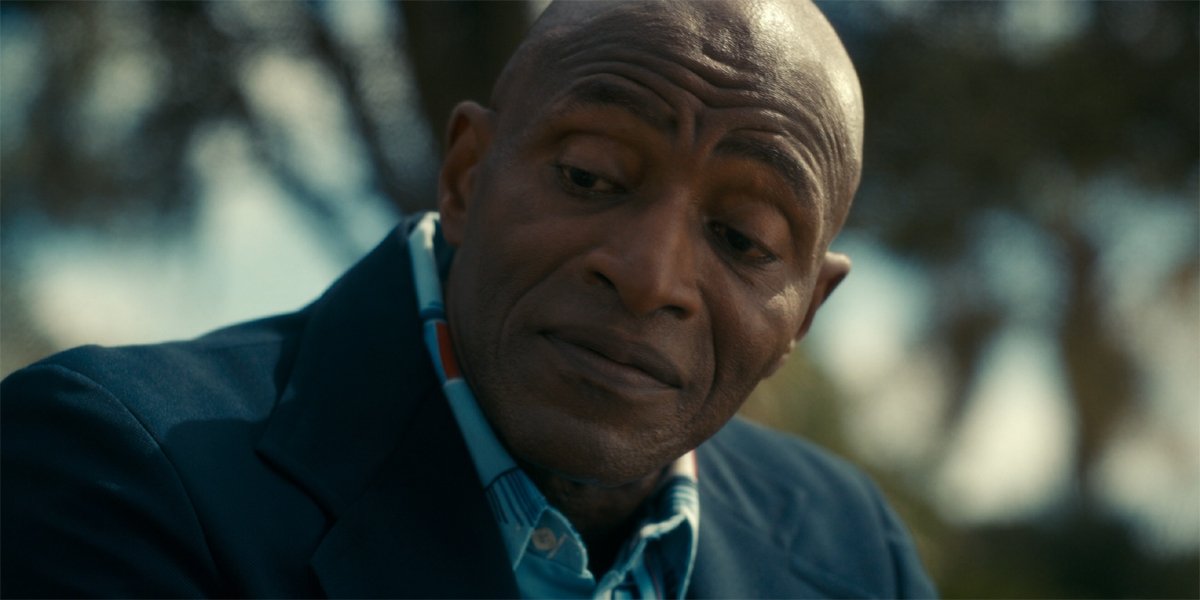
Dick Halloran And Young Danny
One of the most vital relationships in Doctor Sleep is the one that exists between Dan Torrance and Dick Halloran – the former cook at the Overlook Hotel who became a kind of Shining mentor for the powerful young kid. That bond is ultimately meant to reflect the one between Dan and Abra, making the early scene between Dan and Dick an incredibly important one. Fortunately the version in the theatrical version is excellent, but the Director’s Cut makes it even better.
This is another case where it feels like material was cut just to move the scene along and not overburden the heavy first act, but there is so much extra key reflection on The Shining that it stands out as being significant and compelling in the extended cut. Carl Lumbly does an exceptional job picking up the baton from Scatman Crothers’ performance, and the longer version of his chat with young Danny wonderfully sets up their important bond as the kid grows into a screw-up of an adult.
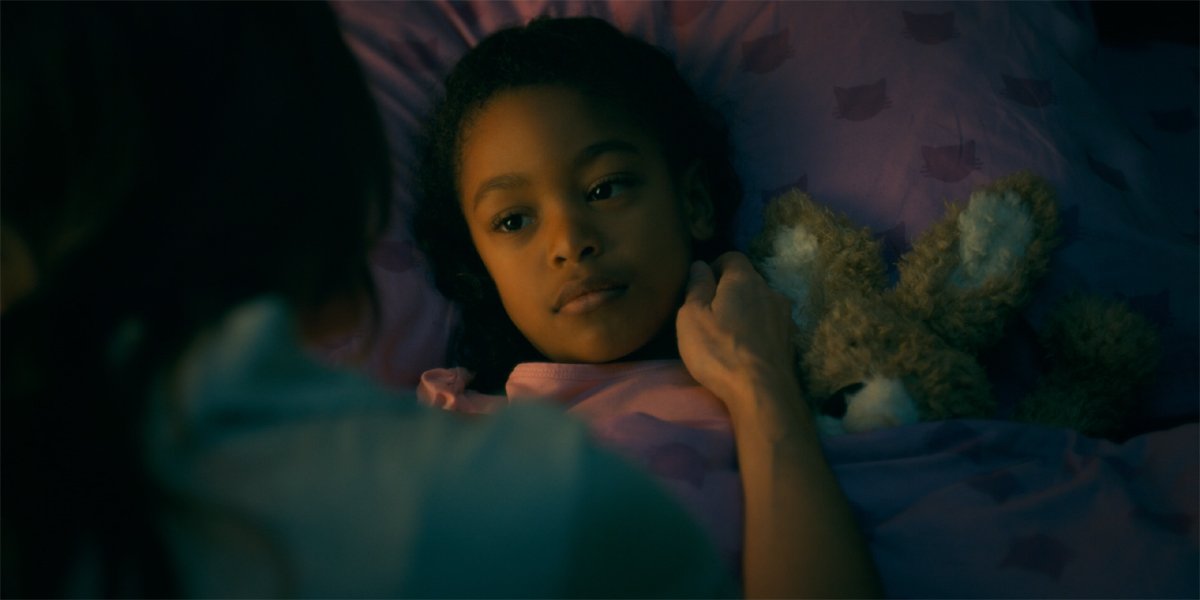
More Of Young Abra Discovering Her Powers
In Doctor Sleep’s theatrical cut, Abra’s big entrance comes during her birthday party when she shocks her parents by getting all of the spoons in the kitchen to levitate against the ceiling, but the Director’s Cut shows that episode wasn’t the first time that the young girl freaked out her parents, David and Lucy, with her abilities. The longer version adds in a scene from the night before the party, and finds Abra playing the piano before her parents come in to tell her that it’s bedtime. After they tuck the tiny psychic in, David and Lucy hear the same song she was playing downstairs, but after investigating they are surprised to discover that the piano is playing itself a.k.a. Abra is playing it in her dreams.
The extra scene doesn’t really do anything that the birthday party sequence doesn’t also do, which is presumably why Mike Flanagan felt it could be cut, but with the first act being so Dan and Rose heavy, its inclusion in the Doctor Sleep Director’s Cut is welcome. It would have been unnecessary for the adaptation to copy the Stephen King book exactly and trace Abra’s entire life story (including her traumatic vision of September 11th as an infant), but this added bit is a smart add.
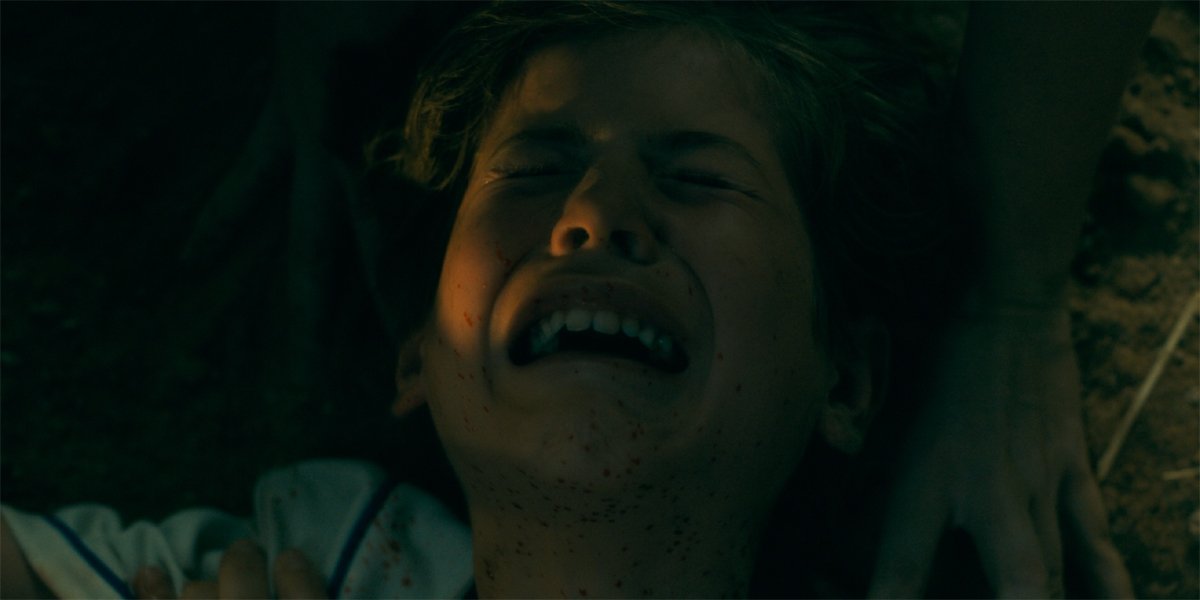
The Extended Baseball Boy Sequence
The conversation about iconic moments in Stephen King adaptations is a vivid one, from Carrie being covered in blood at the prom to the hobbling scene in Misery, and Doctor Sleep’s contribution to that legacy is the murder of the Baseball Boy. A part of your soul gets dimmer as you watch the True Knot viciously tear into angelic Oscar-nominee Jacob Tremblay, the group practically orgasming in coordination with how much pain the child is experiencing. It’s an exceptionally hard-to-watch sequence in the theatrical version, and guess what? It’s even more horrific in the Director’s Cut.
Watching the two versions of the scene side-by-side, you note that the home video release is longer, but also that the real secret sauce to the extra power of the scene is watching Jacob Tremblay’s face. Shots of the Baseball Boy in profile are straight-up replaced by close-ups, and there are more than a couple of moments where blood squirts up to his chin – something you don’t see any of in the theatrical cut. The longer version is arguably the better version if not just because it packs even more of an emotional smash in the face.
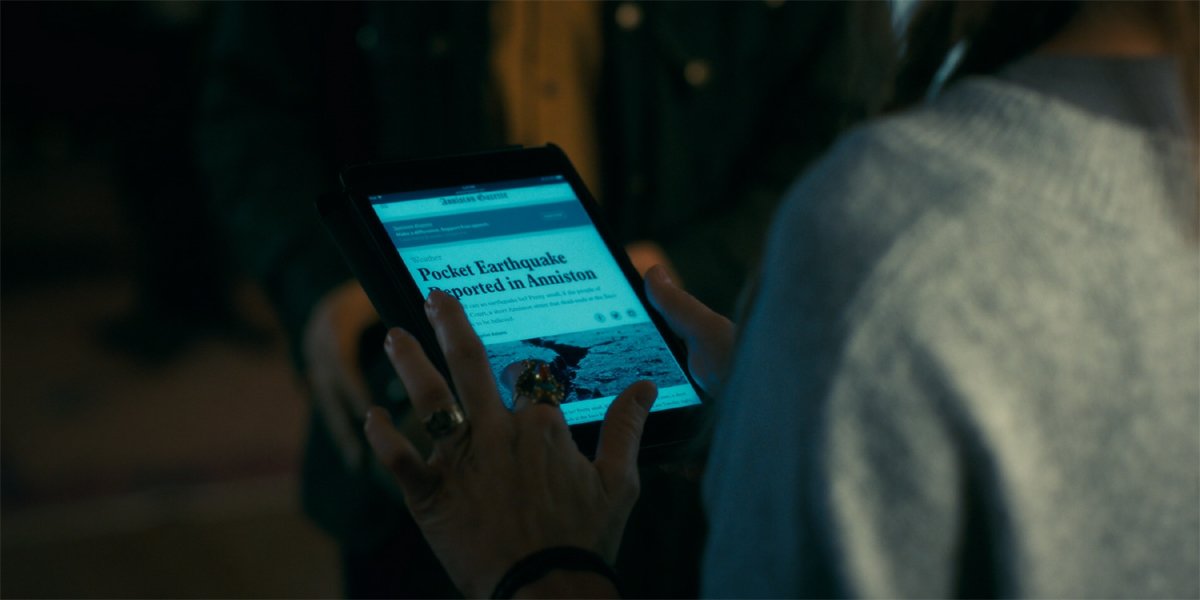
The Earthquake On Abra’s Street
Following Rose The Hat and Abra’s surprise, shocking supermarket showdown, the former is able to psychically reach out and travel across the whole country to find the latter’s home in New Hampshire – trying to get a read on the girl so that she can be set up for the True Knot’s next hunt for steam. Rose’s corporeal self in the theatrical cut is seemingly directly drawn to Abra’s energy as she flies across the nation, but there is an interesting addition in the Director’s Cut that makes the sequence a tad clearer.
As it turns out, the aforementioned surprise, shocking supermarket showdown between Rose and Abra had the effect of generating seismograph oscillations in Abra’s neighborhood, and this is something that Crow Daddy finds and reports to Rose prior to her out-of-body experience. It’s not a strictly necessary detail, as watching the theatrical cut you can explain away Rose’s ability to easily find Abra as being because of the trap that has been set, but the earthquake detail is a nice touch, and one that is taken straight from Stephen King’s book.
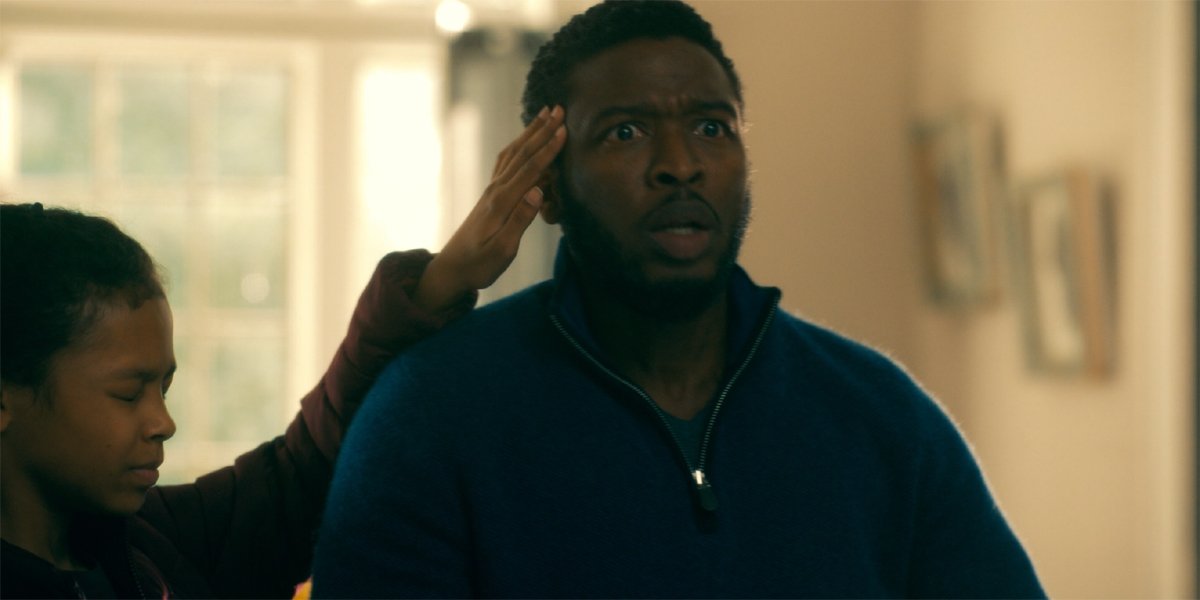
Abra’s Dad Learns About The Baseball Boy, And Defends His Daughter
If the still above looks familiar, it’s because it is the most notable shot in the marketing material for Doctor Sleep that is only in the Director’s Cut and not the theatrical. In the abridged version, the contentious first meeting between David Stone and Dan Torrance is broken up in the driveway of the Stone house when Abra psychically shows her father everything that happened to the Baseball Boy, but in the home video release the psychic blast in the driveway is only used to defuse the near-fist fight. This leads the characters to go inside together, and Abra delivers the full story by putting her fingers against her father’s temple.
This is one of two notable adds of material featuring Zackary Momoh’s David Stone in the Doctor Sleep Director’s Cut – with the second being much sadder. Specifically, the extended edition has a confrontation between David and Crow Daddy after the True Knot member breaks in to try and kidnap Abra. David makes a valiant effort, threatening the Crow with a kitchen knife, but as is also shown in the theatrical version, that same knife ends up in his chest.
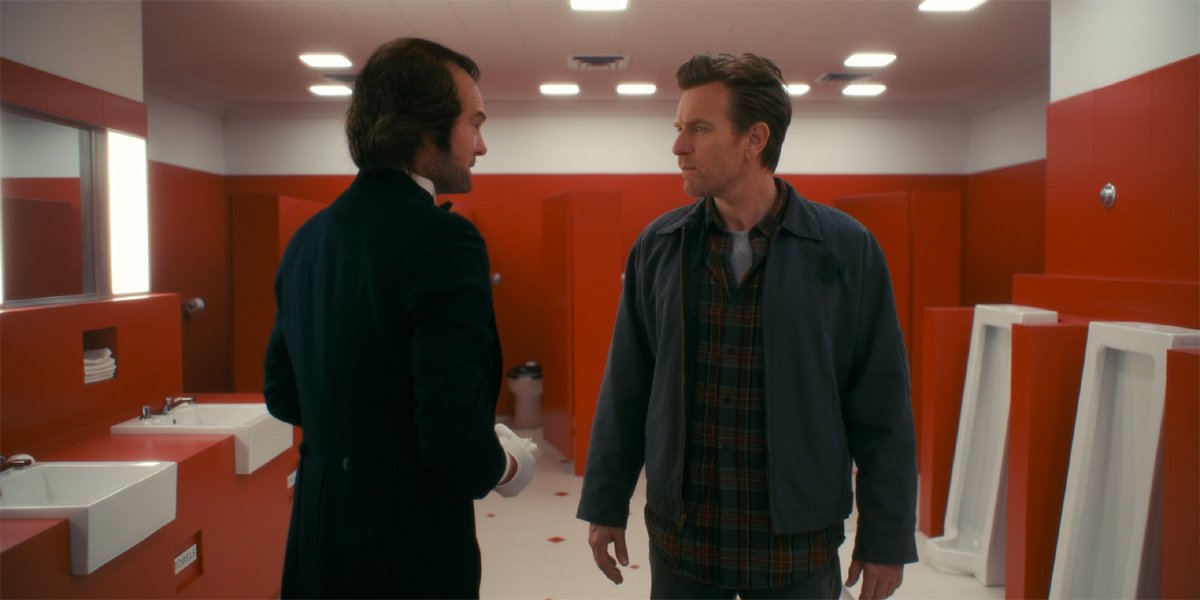
More Dan And Jack
Doctor Sleep’s greatest accomplishment is the way in which it is able to be both an adaptation of Stephen King’s novel and a sequel to Stanley Kubrick’s The Shining, and in the latter department one of its most impressive achievements is the way in which the movie brings back Jack Torrance. Dan having the opportunity to confront his father with all of the trauma and baggage he’s carried around his entire life is the most important emotional scene in the film, and it’s brought to life in the theatrical cut with remarkable faithfulness to the material in every respect, and an awesome performance by Henry Thomas. And you know what’s great about the Director’s Cut? There’s even more to it!
As explored above, many of the differences between the two versions of the film are logical and explainable, but in this particular case the reasoning for the edits is not obvious, and it’s too bad that the full sequence isn’t in both. Not only is the Doctor Sleep Director’s Cut version better for having more, it also finds the characters move to a second iconic location within the Overlook Hotel: the red-painted bathroom. It’s special work all around, and it’s just amazing that it exists.
While these are all of the key differences between the two Doctor Sleep cuts, this isn’t a list of all of them. There is a whole lot of extra wonderful to explore with the longer version, so if you haven’t done so already, check it out. Both are now available to stream on HBO Max, and can be purchased digitally and on Blu-ray.
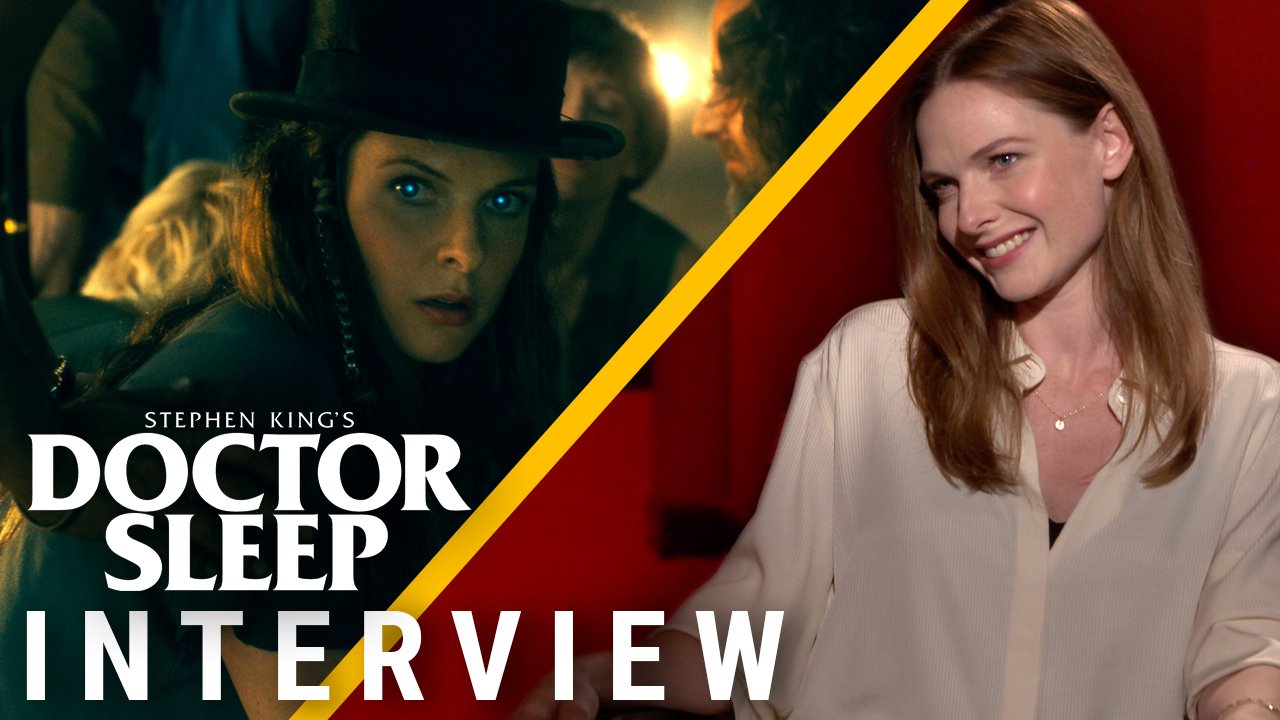

Eric Eisenberg is the Assistant Managing Editor at CinemaBlend. After graduating Boston University and earning a bachelor’s degree in journalism, he took a part-time job as a staff writer for CinemaBlend, and after six months was offered the opportunity to move to Los Angeles and take on a newly created West Coast Editor position. Over a decade later, he's continuing to advance his interests and expertise. In addition to conducting filmmaker interviews and contributing to the news and feature content of the site, Eric also oversees the Movie Reviews section, writes the the weekend box office report (published Sundays), and is the site's resident Stephen King expert. He has two King-related columns.
